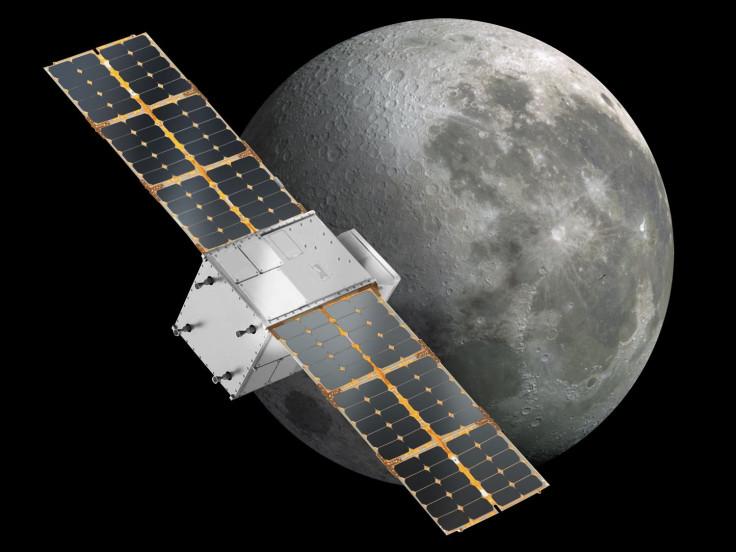NASA's Cubesats Help Prepare The Way For Artemis Lunar Missions
KEY POINTS
- CubeSats are a class of nanosatellites that offer low-cost access to space
- These small satellites play a big role in lunar exploration
- Two CubeSat missions are helping to prepare for the manned lunar mission by 2024
Originally developed by California Polytechnic State University at San Luis Obispo and Stanford University in 1999, CubeSats are a class of nanosatellites that offer flexible, low-cost access to space. Because of their small size, CubeSats allow NASA to do things that are not possible with larger spacecraft.
“A number of things have coalesced to create what is termed the SmallSat and CubeSat revolution,” Small Spacecraft Technology program executive Christopher Baker said. “Part of it has been the availability of commercial, off-the-shelf components that have incredible processing power, are very small and function on low electrical power."
With these small satellites, NASA is able to prepare for the time when the Artemis program finally sends the first woman and the next man to the Moon.
Ahead of the lunar missions, the Lunar Flashlight CubeSat mission will search for ice deposits in the Moon's craters and estimate their size and composition. The data that the 12-by-24-by-36 centimeter satellite will collect on the lunar South Pole will then help inform and target future missions, particularly since it will map the very same region where NASA is planning to send Artemis astronauts.
Having this information could help determine where a lunar base should be set up so that it is close to water ice that can be mined and processed for drinking water or to create rocket fuel.
Another CubeSat that will pave the way for the Moon missions is the Cislunar Autonomous Positioning System Technology Operations and Navigation Experiment (CAPSTONE). At about the size of a microwave oven, CAPSTONE will launch aboard a RocketLab electron rocket in 2021 and will be positioned in the same orbit as the target for the future astronaut lunar outpost, Gateway.
There, it will rotate with the Moon as it orbits the Earth, demonstrating how to enter and function in this orbit. In a way, it will be a demonstration of what Gateway may experience in the same orbit. This way, NASA can reduce the navigation uncertainties ahead of the future mission.
In addition, CAPSTONE will also conduct a software demonstration of spacecraft-to-spacecraft navigation between it and the Lunar Reconnaissance Orbiter so that future missions will not have to rely on Earth tracking to determine their place in space.
"In the case of lunar exploration, CubeSats are proving themselves to be increasingly capable platforms to precede human explorers on the Moon and Mars," Baker said. "There’s still a lot of work that needs to be done to establish a long-term, sustainable human presence on the Moon. To achieve that vision, we need to use the resources that are available in-situ to the greatest extent practical."

© Copyright IBTimes 2024. All rights reserved.






















